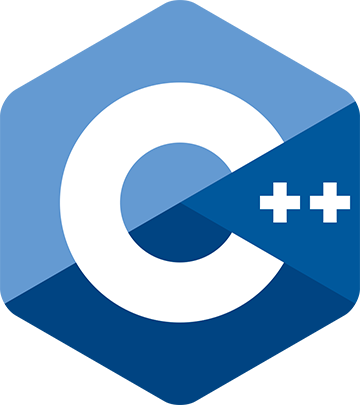Doc No: ISO/IEC JTC1/SC22/WG21/SD-3
Project: JTC1.22.32
Ref. Doc:
Reply To: Herb Sutter
Convener, SC22/WG21
Email: [email protected]
SC22/WG21 (C++) Study Group Organizational Information
1. Purpose
A Study Group (SG) is an ISO mechanism by which the convener of a Working Group (WG) can appoint a smaller group of experts to do focused work in a specific topic area. The main goals and benefits of an SG are:
- To identify a clear group to focus attention on a major area, to create one or more initial proposal(s) to enter normal WG processing (e.g., EWG, LEWG).
- To encourage new domain experts to participate in that work, thereby expanding the manpower of the committee.
- To enable that group to meet frequently and independently via face-to-face meetings and telecons, while still covered under the umbrella of the WG's ISO standardization work.
The goal of an SG is to create a proposal suitable for consideration by the whole WG, and it is the WG that will then decide whether and how to progress the work.
2. Formation
SGs and their chairs are administratively appointed by the convener at or between WG21 meetings.
SGs are typically formed as one way of handling new feature proposals, or because of the identification of a large and separable unit of work in an existing subgroup or SG.
The typical path for handing a new feature, or spinning off work from an existing subgroup, is as follows:
- New feature requests always first go to Evolution (EWG) and Library Evolution (LEWG) for processing/delegation. EWG or LEWG determine whether they are interested in the feature area, and if so whether to handle it themselves directly or recommend formation of an SG.
- If EWG or LEWG (or Core (CWG) or Library (LWG) or an existing SG) chair determines that there are enough people and a focused enough and separable topic to recommend formation of an SG, the subgroup chair recommends that to the convener, ideally also along with recommending a candidate to act as chair.
- The convener reviews the request, and if approved appoints the SG and chair.
3. Organization
See The Committee for the current list of WG21's SGs and appointed chairs.
The chair is the only formal appointed position in an SG. The chair is responsible for convening the SG's meetings, and for organizing and progressing the SG's work as set out in this document.
An SG is not a formal project, and so ISO does not formally appoint an Editor. However, some SGs will be working on a draft initial proposal document, and those SGs should have someone who acts as editor to maintain the working draft of that document, and publish each draft revision as a P-numbered paper. The SG can approve changes to its own working draft, but the understanding is that the final product will be a submission to a full WG21 meeting for further processing.
4. Meetings (Face-to-Face and Telecon)
Each SG may meet independently of WG21, and the chair may convene teleconferences and face-to-face meetings that are covered by the ISO WG21 umbrella. Also, these groups will probably want to meet in their own breakouts at WG21 face-to-face meetings (not necessarily for the entire week, just what they need).
Each SG meeting should be announced well in advance on the above reflectors (at least two weeks in advance for a telecon, and preferably two months in advance for a face-to-face meeting so that people have time to arrange travel), have a published agenda (preferably a P-numbered document, but can be a reflector email), and take minutes that are published as a P-numbered document (these need not be extensive but should at least summarize any decisions/actions within the SG).
For the agenda, the main thing is to let people know roughly what the scope and topics for the meeting are going to be so that they can decide whether or not to attend, and to structure the discussion during the meeting to make good and orderly use of time. Please include the usual items below, where the bulk of the time will be on #2 which the chair should fill in as appropriate to list the meaty topics for the meeting in just enough detail for people know whether they want to attend:
1. Opening and introductions
1.1 Roll call of participants
1.2 Adopt agenda
1.3 Approve minutes from previous meeting
1.4 Review action items from previous meeting
2. [... major topics to be considered ...]
3. Any other business
4. Review
4.1 Review and approve resolutions and issues [e.g., changes to SG's working draft]
4.2 Review action items
5. Closing process
5.1 Establish next agenda
5.2 Future meetings
5.3 Adjourn
5. Documents
SGs should publish at least their minutes and working draft updates (if applicable) as WG21 P-numbered documents, which will be published in the next normal WG21 mailing. Please use the usual processes to obtain WG21 document numbers.
6. Progress and Liaison
An SG does not on its own ask the convener to initiate any ballots (e.g., NP). When the SG is ready to progress some work, it delivers it for further processing at the next normal WG21 meeting.
The SG chair should regularly keep the convener and the appropriate WG21 subgroup chair up to date on their SG’s activities.
Each SG should also report its status as part of liaison reporting at every WG21 plenary meeting, including at the WG21 admin telecons that are currently held two Fridays before the WG21 face to face meetings.
7. Completion and Disbandment
Once the convener determines that an SG has completed its assigned work or cannot make further progress, he administratively disbands the SG at or between WG21 meetings.
